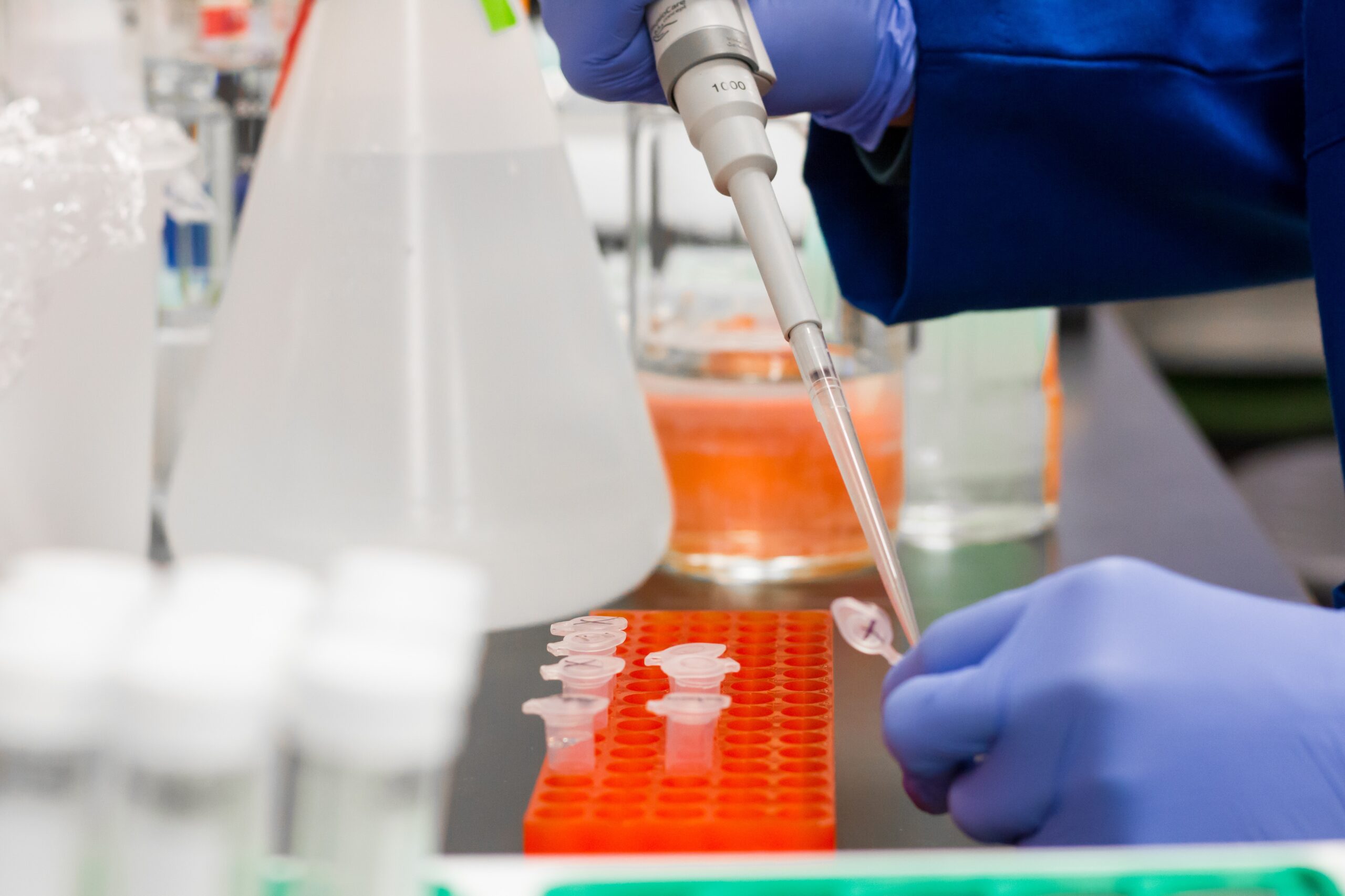By Clifford Akumu
Nairobi, Kenya: Africa can only strengthen its surveillance and screening of SARS-CoV-2 -the virus that causes Covid-19- if it comprehensively invests in facilities, domestic funding, and human resource.
Mr. Mohamed Duba, Secretary General, of the Association of Public Health Officers Kenya(APHOK) said that little funding is being channeled to scale up pathogen surveillance through genome sequencing to detect and respond effectively to COVID-19 variants.
He chided the African government’s low levels of investments in preventive and promotive care in the past which have meant that national health systems remain weak.
Even though many African countries have marginally increased health spending overall, only a handful of countries, have met this target in any given year. In 2018, only two countries met the target.
And most of the allocation is channeled to curative care, said Duba.
Mr. Duba while speaking to journalists said, “The international community is not giving the continent the needed resources to boost its virus’s surveillance.”

“Most African countries do little allocation to fight the Covid-19 pandemic. Only a few years back in Kenya, we saw healthcare workers dying because of inadequate personal protective equipment(PPE) for handling COVID-19 patients and a lack of medical insurance. African countries also tend to focus on other diseases that attract more funding,” Mr. Duba told the virtual meeting.
Currently, African countries spend $8 to $129 per capita on health, compared to high-income countries that spend above $4,000. This is due to several factors but the most significant among them is a low GDP and low tax collection efficiency among African countries, compounded by low budget allocations to the health sector due to competing priorities.
The World Health Organisation has since called on countries to strengthen surveillance, screening, and rapid reporting of relevant databases to help in assessing risks and effective response measures to the pandemic.
This follows a drop in the number of countries submitting their virus sequencing reports, especially in Africa. Currently, Africa accounts for just 1 % of the more than 3.5 million COVID-19 genome sequences carried out to date worldwide.
Genome sequencing, experts say, has the potential to revolutionize public health and transform responses to other major health threats beyond COVID-19. In the past 20 years, it has been used to support public health responses in Africa to HIV, measles, polio, Zika, dengue, and yellow fever among others.
“Governments need to embrace genome sequencing for both old and new diseases. It should be a continuous initiative. The omicron virus, for example, keeps on changing and we need to monitor it to be on top of things,” said the WHO Technical Officer Laboratory Emergency Preparedness and Response Program Africa Region Rachel Achilla during a recent regional cross-border cafe.
In 2020, World Health Organisation and the Africa Centre for Disease Control and Prevention established a COVID-19 sequencing laboratory network in Africa which has to date produced over 43,000 sequencing data.
Although almost every country in Africa is able to conduct sequencing, the reports are often not relayed in good time to help with the development of COVID-19 mitigation measures and virus trends.
“We are encouraging countries to submit their data to WHO or a global database like the international GISAID database-where researchers and citizen scientists from around the globe can scan SARS-CoV-2 genome sequences,” said Ms. Achilla.
Kenya, South Africa, Nigeria, Senegal, and Algeria are the five main contributors to sequencing reports in Africa.
“In Africa, we are seeing a lag. Although countries are carrying out sequencing of their samples, they are often submitted very late,” she noted. The agency has further recommended that countries that are currently facing sequencing challenges regularly send the necessary data to the designated regional reference laboratories.
Mr. Duba further noted the shortage of public health officers to carry out the surveillance and screening of the virus. Most facilities are understaffed and under-equipped.
“We still have a shortfall of public health officers. And the resultant shortage exerts a huge strain on the few workers left” added Mr. Duba.
The WHO patient-to-nurse ratio is 1 to 6, but in Kenya, the ratio is about 1 to 30. The strain became even worse in the face of the pandemic.
Mr. Francis Angira, research officer and clinical trials coordinator at KEMRI-Kisumu explained that all viruses, including SARS-CoV-2, change hence the need to reduce transmission through disease control measures and methods.
WHO recently published an assessment report of the new Omicron sub lineage XBB.1.5, which emerged in October 2022 and has since been reported in 38 countries mainly from the US.
“In my view, COVID-19 is not over yet. In Kenya, for example, the current positivity rate stands at 8.6 percent. It endemic-meaning the disease now belongs to a particular people or country and, masses are learning to live with it,” said Mr. Angira.
According to the WHO, the first sequence of SARS-COV-2 was shared three years ago. The WHO Director-General Dr. Tredos Adhanom says that the sequence was key in the development of the first Covid-19 vaccine and test.














